|
Generally speaking, suet is not suitable for climates warmer than 50-degrees (but since we love birds), we have included several "NO MELT Suet Recipes" for bird lovers in Belize. We have also included some recipes for our Northern friends, recipes which are suitable for winter climates. What Is Suet? Suet is basically solidified animal fat, mixed with other ingredients that birds enjoy eating. For a fancier suet, add natural peanut butter, cornmeal, oatmeal, dried fruits (like raisins, currants, apricots, or citron). Suet can be in any form, hard cakes, balls, or other shapes. Not all birds care for suet, but certain birds do. Suet is a great food to offer birds when they need more calories to maintain high energy levels. While there are many commercial suet blocks, cakes, and plugs available, making your own suet bird food is easy and affordable. What Types of Birds Eat Suet Suet is especially loved by nuthatches, woodpeckers, wrens, chickadees, cardinals, jays, starlings, titmice and most insect-eating birds. Some Wrens, creepers, kinglets, cardinals and some warblers have been known to enjoy a nice Suet meal occasionally as well.  IN HOT WEATHER (like Belize), bird suet softens & melts quickly which is dangerous for the birds. Making your own NO-MELT SUET will save you the trouble of making or buying several new ones, and birds tend to prefer homemade suet compared to the commercial varieties. Make the suet dough first by rendering the suet and peanut butter, and then combining all of the ingredients. Refrigerate the suet until it has set and then freeze any leftovers until you are ready to use them. Belize has a sub-tropical climate (which means), temperatures can get brutal at times. The heat itself presents tons of problems for birds, including a lack of water, but one problem people with suet feeders will have is melting suet. When temperatures exceed 90 degrees, suet quickly becomes a mess. Here’s how to stop that from happening. Why melted suet is bad for birds To start, the heat causes suet to spoil much quicker than it normally would. That results in bacteria growth, which could cause birds to get sick. Not only that but the stench of spoiled suet becomes overwhelming—upsetting neighbors and attracting pests. Melted suet is also wasted suet. Feeding birds is a great hobby, but it can be expensive. When suet melts or is no longer edible, that’s money and time down the drain. On top of that, suet that drips on the ground has the potential to cause damage to plants, concrete, and even the birds themselves. For suet feeders in Belize, DO NOT use your typical Northern climate suet recipes. You'll want to use a "NO MELT" suet recipe. Keeping suet from melting If you buy your suet from a store, many places offer no-melt suet options. They do this by using suet dough with a much higher melting point than average suet. Alternatively, you can make your own suet using a no-melt recipe. TIP #1 - Keep Suet Out of the Sun The difference between the direct sunlight and the shade can be anywhere from 10 to 15 degrees. By choosing to put your suet feeder in the shade instead of the direct sunlight, you can limit its susceptibility to melting. TIP #2 - Make Serving Sizes Manageable The more suet you put out, the longer it’ll take for birds to eat it. That leaves more exposure to the heat and increases the likelihood that the suet will melt. Only put out enough suet for one day. Working With Suet Making homemade suet is just as easy as making hummingbird nectar or creating a custom birdseed mix for your backyard chicken flock. It is also more affordable than purchasing commercial cakes, bells, plugs, or blocks. Making your own suet allows you to customize the ingredients to appeal to the types of birds in your yard or those you specifically wish to attract. A homemade suet mixture is also free from preservatives, dyes, and additives that might be found in purchased suet products. While there is no thoroughly studied evidence showing that these items are harmful to birds, it's always preferable to feed birds natural, organic food sources. How To Make Bird Suet Begin by melting your lard, shortening or animal fat and peanut butter together in a large pot (like a Dutch oven pot or soup pot). Once this has melted together, remove the pot from the heat before adding remaining ingredients. The melted shortening and peanut butter will be soupy. Stir in the oatmeal and then the bird seed followed by the cornmeal. If you use a large pot when melting the lard & peanut butter (you can mix all of the ingredients in this pot), without needing another container. This makes for a much easier clean up. Mix all the ingredients together in the order stated above. This is an easy recipe for children to make, with adult supervision. HOW TO PREPARE YOUR ANIMAL SUET Homemade suet recipes do not need to be complicated in order to attract a range of hungry birds. Before offering the suet to birds, however, it should be rendered to help it maintain its shape more easily. When you purchase suet in cakes from a bird supply store, this step should already be complete. What You'll Need
6 BASIC INGREDIENTS - For Making "NO MELT" Bird Suet Six simple ingredients is all you need to make bird suet. Most likely, you'll have most of this in your kitchen right now.
RECIPE - BELIZE "No Melt" Suet Recipe for Birds RECIPE - BELIZE "No Melt" Suet Recipe for Birds 1 c. of suet 1 c. crunchy peanut butter 2 c. quick-cooking oats 2 c. yellow cornmeal 1 c. all-purpose flour 1/3 c. sugar 1/2 c. bird or sunflower seeds Makes 4-6 suet cakes STEP #1 - Heat the suet and peanut butter for 20 minutes until it's melted. Slice 1 cup of suet into small pieces and place this into a saucepan. Add 1 cup of crunchy peanut butter to the saucepan and adjust the stove-top to a medium heat. Stir the ingredients occasionally until they have melted.
STEP #2 - Combine all of the ingredients in a large bowl. Pour the melted suet and crunchy peanut butter mixture into a large mixing bowl. Use a wooden spoon to stir in 2 cups of quick-cooking oats, 2 cups of yellow cornmeal, 1 cup of all-purpose flour, 1/3 cup of sugar, and 1/2 cup of sunflower seeds. Aim for a consistency that is similar to cookie dough.
STEP #3 - Transfer the mixture to a large baking dish. Use a baking dish that is approximately 2 inches deep. Line the baking dish with parchment paper and then use a spoon to transfer the mixture from the bowl into the dish.
STEP #4 - Press the dough down firmly in the baking dish or suet trays. Spread the mixture out so that it evenly covers the dish. Use a fork to press the suet dough down firmly and to remove any air gaps. This creates a solid suet cake that won’t crumble.
STEP #5 - Refrigerate the suet dough for 24 hours until it has set. Place the baking dish or the individual suet trays into the refrigerator. Check the dough after 24 hours to ensure that it feels solid and set. If the dough doesn’t feel solid, keep it refrigerated for 2-3 hours longer and then check it again.
STEP #6 - Cut the suet into pieces if you made it in a baking dish. Remove the suet from the baking dish and use a sharp knife to slice it into cakes that are the right size for your bird suet feeder. If you are unsure about the size, cakes that are approximately (2 inch x 4 inch) usually work well.
STEP #7 - Store suet cakes (not using) immediately in the freezer. Suet keeps best when it is frozen until it is used. Place parchment paper in between each cake and place the cakes in either a sealed container or a freezer bag. Then, remove each suet cake as it’s required.
Let’s Talk About the Peanut Butter Found In Bird Suet Recipes Is peanut butter safe for birds? In short reply, yes. Peanut butter is a good source of protein for birds. Try to only use the crunchy kind with lots of nuts and if possible you may even prefer organic. Don’t use low fat. The birds want and need that fat for their nutrition. MAKE YOUR OWN SUET FEEDERS How To Make A Suet Cake Using Ribbon or Rope If you don’t own a bird feeder with the suet slot, you can add rope or a ribbon into your bird suet to hang from a tree. To make a ribbon or rope suet you will need three things:
SUET FOR COLD WINTER CLIMATES WINTER RECIPE #1 - 5 Ingredients Suet 1 c. shortening (such as Crisco) 1 c. crunchy peanut butter 2 c. oatmeal 1 c. cornmeal 2 c. birdseed Melt the shortening and peanut butter together in a heavy saucepan over medium heat. Do not boil. Remove from heat. Stir in the oatmeal. Stir in the birdseed and cornmeal. Pack down tight into your containers for shaping the 'bricks' of suet. Wrap in aluminum foil. Place containers into the freezer overnight. Carefully remove the solid suet from the containers and feed the birds. WINTER RECIPE #2 - Basic Suet 1 c. rendered suet 1 c. chunky peanut butter 3 c. ground cornmeal 1/2 c. white or wheat flour ADDITIONAL ITEMS YOU CAN ADD
Mold the Suet Allow the pure suet or mixture to cool slightly to thicken, then pour it into molds or containers to use. Allow it to cool completely until it forms solid blocks. Refrigerate or freeze suet until it is firm and you are ready to use it. Extra suet may be kept frozen for several months until needed. The cakes can be chopped or cut to be fed to the birds, or you may use containers that are the appropriate size to fit your suet feeders. WINTER RECIPE #3 - Vegetarian Version Traditionally suet is made from rendered animal fat you can provide the perfect winter substitute for birds that normally feast on insects. This lipid-rich treat can help prepare year-round residents for the long winter and is quite the draw for birds such as woodpeckers, wrens, chickadees, nuthatches, and titmice. 1-1/2 c. shortening (look for palm oil free options) 3/4 c. nut butter (any kind) 3-1/2 c. wild bird seed 1 c. quick oats 1/2 c. corn meal Ice cube tray Mix the dry ingredients of bird seed, oats, and corn meal together and set aside. Combine the shortening and nut butter in a separate bowl and melt. Stir until completely combined. Pour the melted mixture into the dry ingredients and stir until combined. Spoon mixture into the ice cube tray. Freeze for one to two hours and place in your suet feeder! Note: Not recommended for outdoor temperatures above 50 degrees . WINTER RECIPE #4 - Suet Cake #1 2 parts melted fat (beef fat, lard or shortening) 1 part natural peanut butter 2 parts yellow cornmeal WINTER RECIPE #5 - Suet Cake #2 1 lb. melted fat (beef fat, lard or shortening) 1 c. millet 1 c. sunflower seeds 1 c. raisins Instructions for Both Recipes Melt the fat in a saucepan until completely liquid. Next, remove from heat and let sit for several minutes. Stir in the remaining ingredients and cook for a few minutes. Pour into small containers (tuna fish cans are good), and refrigerate until they start to harden and then store them in the freezer until ready for use. Mixture can also be stuffed into 1-inch holes drilled in small logs to hang from trees. The recipe can be made all year long as long as you accumulate fat. Fasten containers securely to trees or feeders. When Should Suet Be Put Outdoors? Homemade suet should be used only in very cold weather so that it does not melt and become rancid. If you live in a warm climate, we do not recommend using homemade suet because it will spoil too quickly. In this case, it is safer to purchase commercial suet cakes (which are treated and won’t spoil). It’s also a good idea to hold off until at least December, as suet (and other bird food) can attract bears and other critters if put out too early. See more wintertime bird food recipes and enjoy watching your feathered friends warm up by your window! Suet-making Tips
There are several ways to acquire different types of animal fat for making your own cakes, and many birders have one method that is easiest or preferred for them. You can try different methods to find the type of fat that is most popular with your backyard birds as well as best for your budget.
3 Comments
john petrosky
8/14/2021 05:01:55 am
This was a great help. I liked it a lot.
Reply
Mark McConachie
12/27/2021 09:18:09 am
I'm confused now, I have read so much about making suet, most stating to not use bacon grease, Cisco or shortening for the base. You are saying you use these products. Please clarify if bacon grease and Cisco can actually be used safely.
Reply
John Douglas Rose
2/16/2022 08:22:52 am
Best articale I have read. Thank you
Reply
Your comment will be posted after it is approved.
Leave a Reply. |
Is located on the island of Ambergris Caye, directly across from the Belize Barrier Reef, off the mainland coast of Belize. The property is nestled in a cluster of Australian Pine trees, backed to a littoral jungle, and surrounded by tropical gardens. It's about a one minute walk from the property to the beach, and a 10-15 minute drive from the island airstrip to the property.
We offer one bedroom suites (455 s.f.) of living area to include: livingroom, kitchenette, private bathroom and bedroom. We are also about a one minute walk from one of the best restaurants on the island serving (breakfast, lunch & dinner). Within walking distance you can find: (3) blocks is Robyn's BBQ (4) blocks is 2 fruit stands (5) blocks local grocery store IF YOU'RE COMING TO BELIZE TO............... If you're coming to Belize to dive the Blue Hole, descend the shelf walls at Turneffe, snorkel the Barrier Reef, explore Mayan ruins, rappel into a cave, kayak along the river through caves, zip line through jungle tree tops, hike through a cave to see an ancient human skeleton, swim with sharks, listen to Howler Monkey's, hold a boa constrictor, feed a jaguar, horseback ride through the jungle, canoe through a cave, rappel down a waterfall, sail around an island, enjoy cocktails & dinner to a sunset, climb 130' feet to the top of a Mayan ruin, rip up the jungle trails on an ATV, float through a series of caves on a tube, and sip on a rum punch..... then this is the place for you. Belize Budget Suites, offers you clean, affordable, attractive, accommodations, at prices that allow you to do all the things just mentioned. Archives
February 2021
Categories
All

For All Your Home Improvement Needs

For all Your Real Estate Needs
501-226-4400 10 Coconut Dr. San Pedro, Belize Your Ad Could Go Here
|

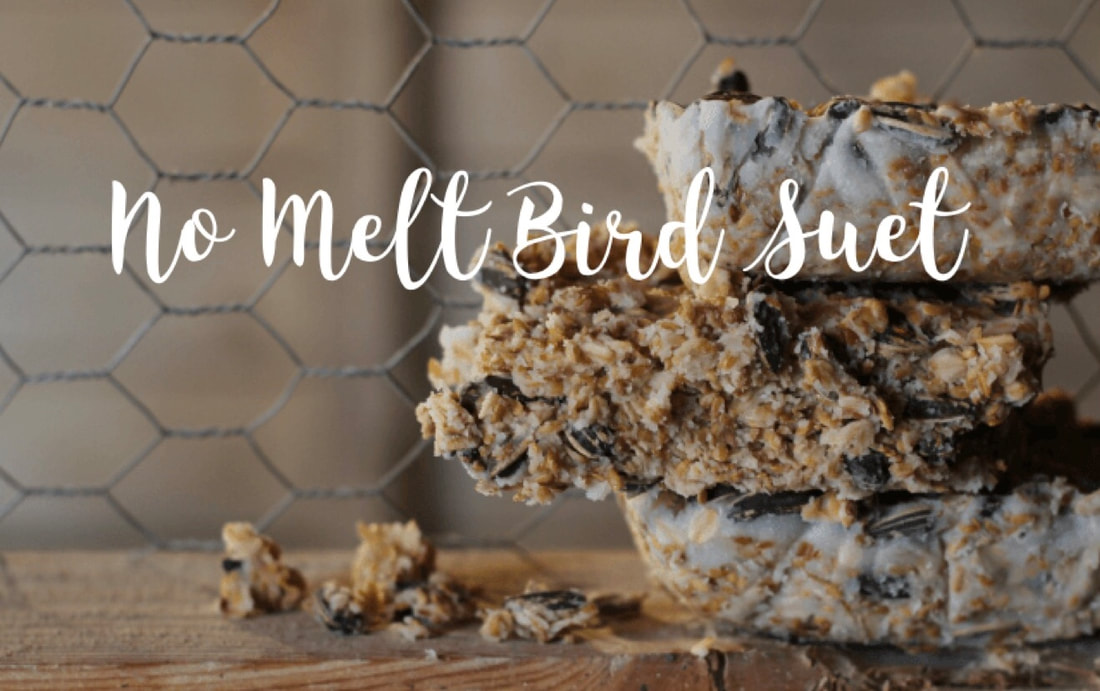
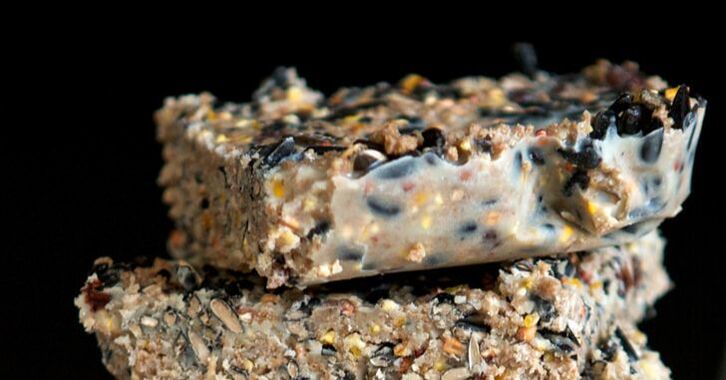

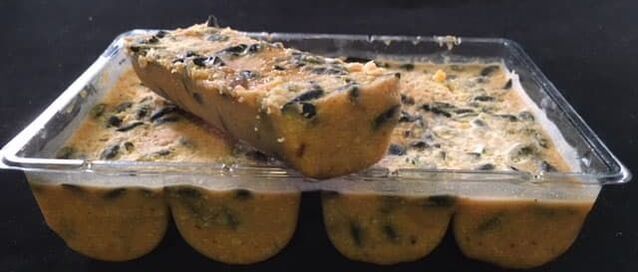
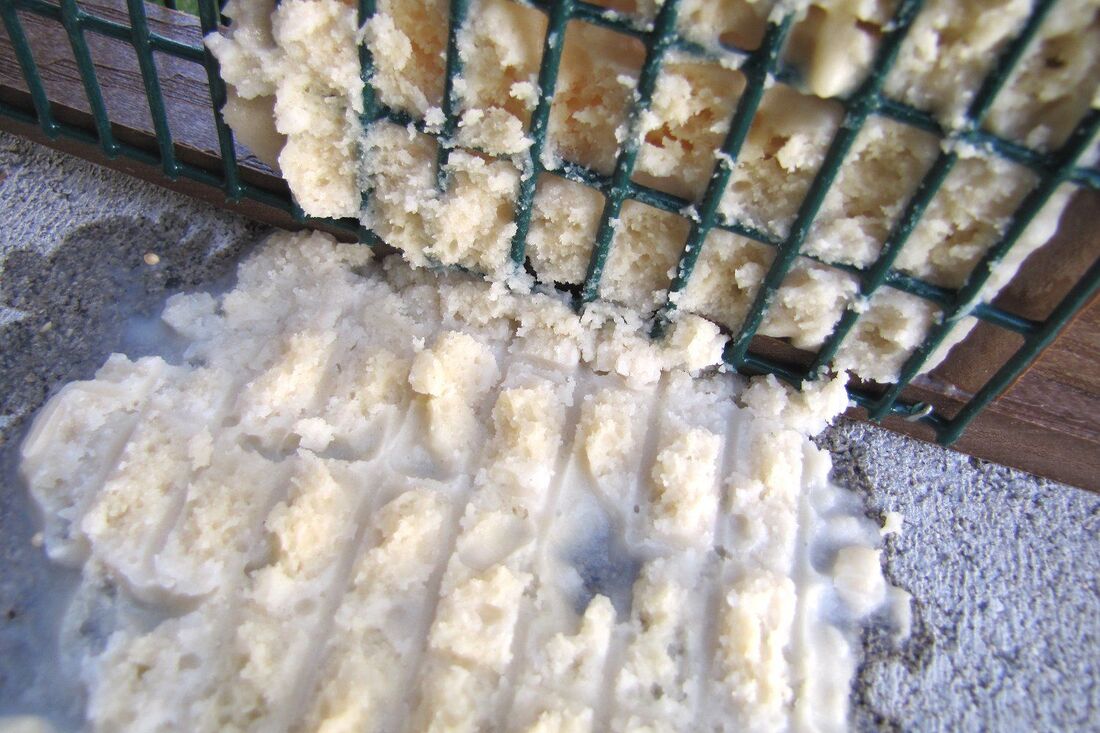
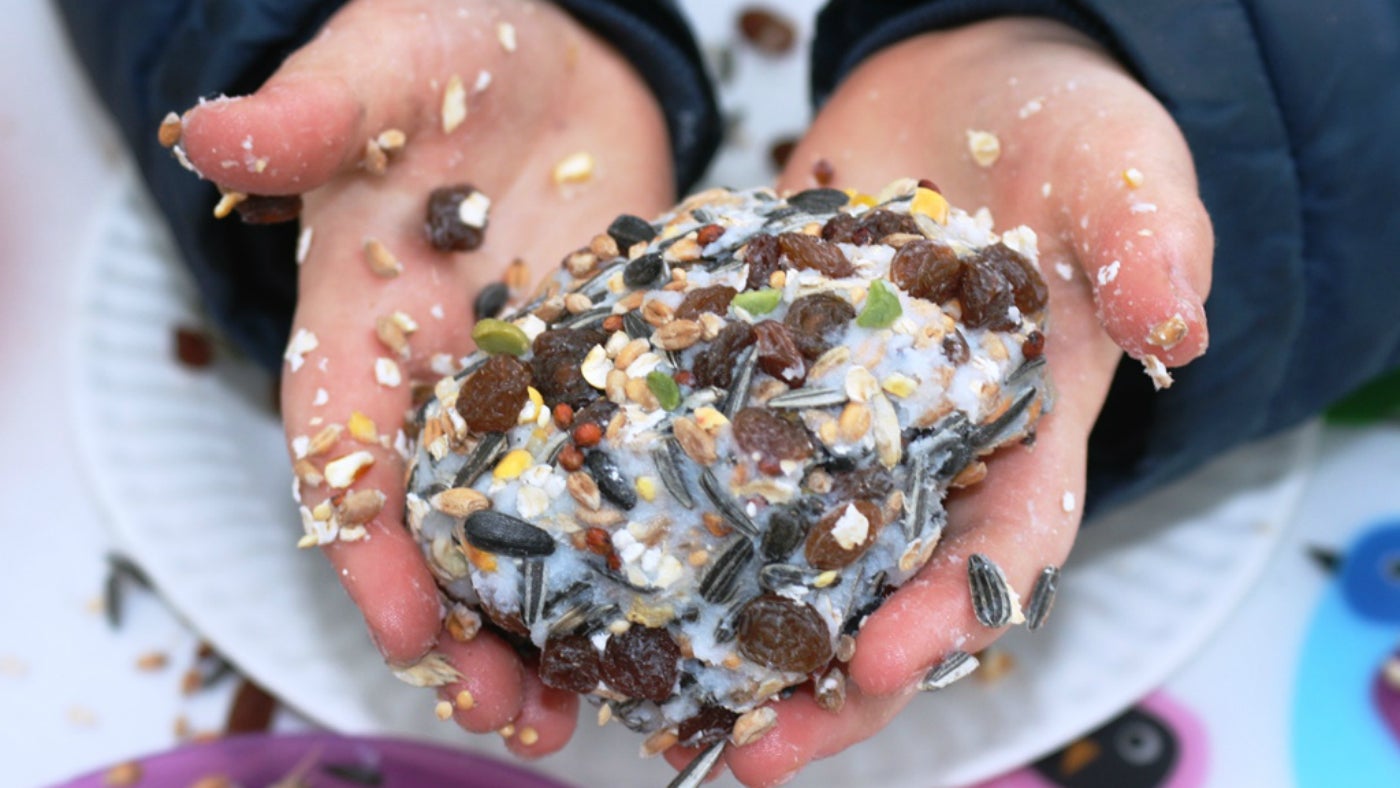
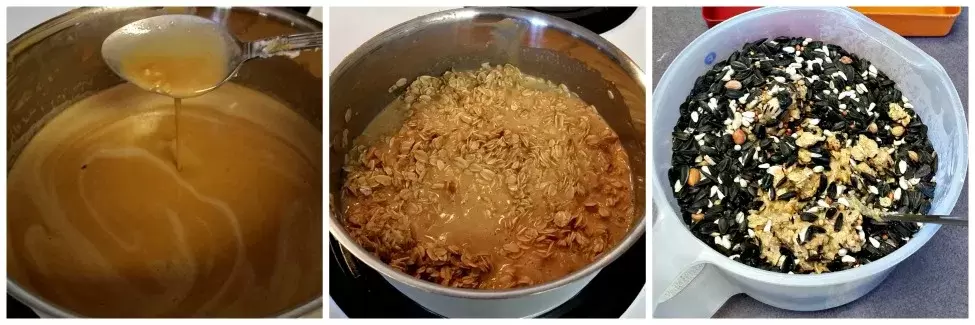
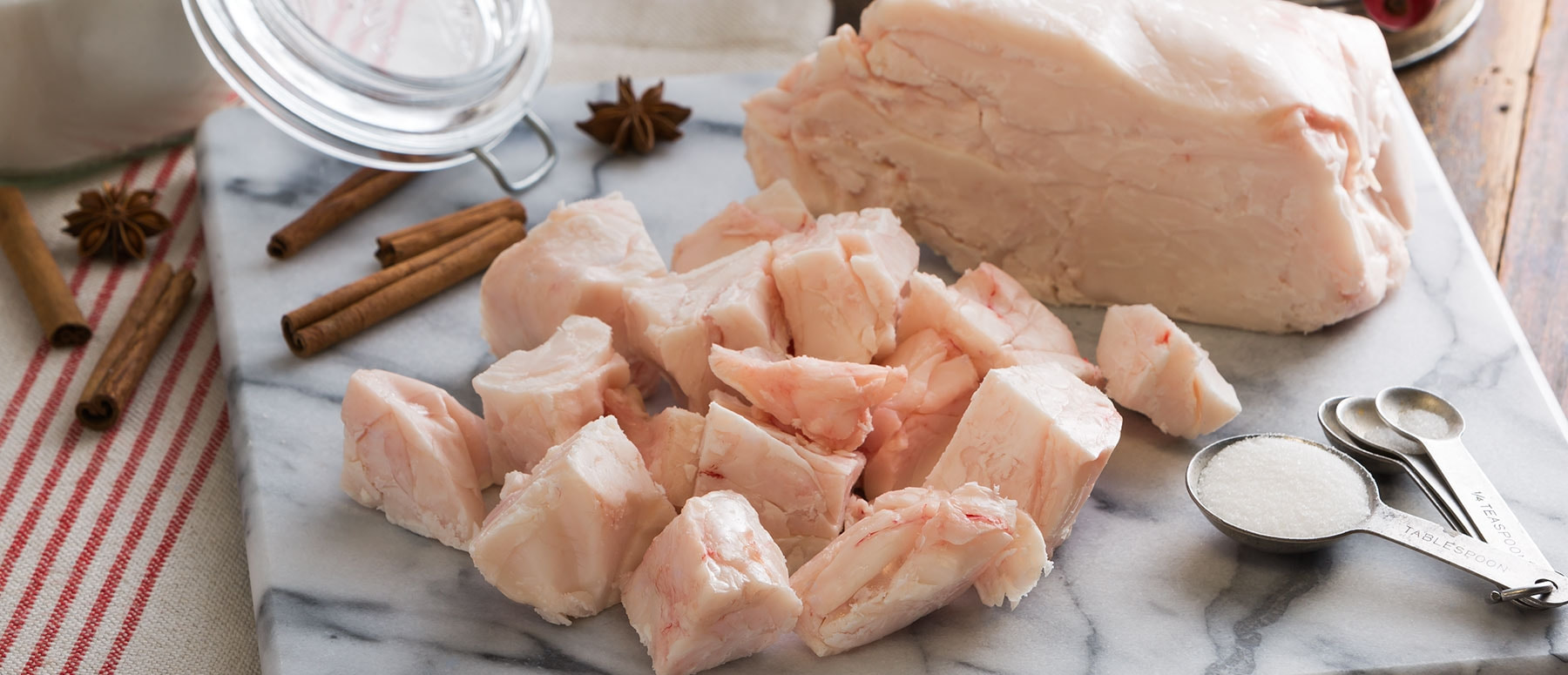
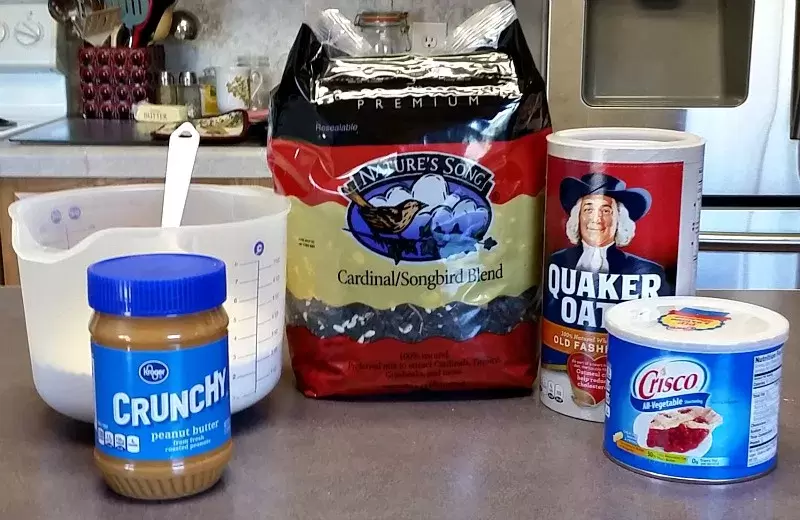
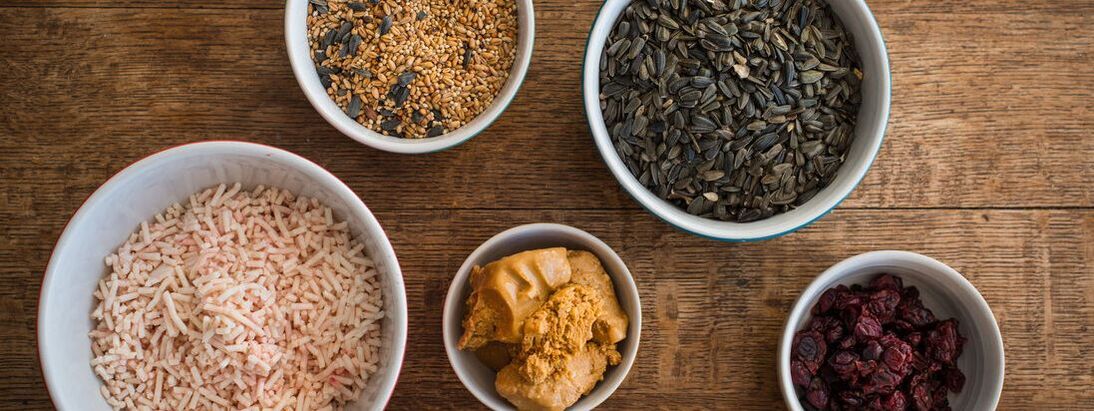
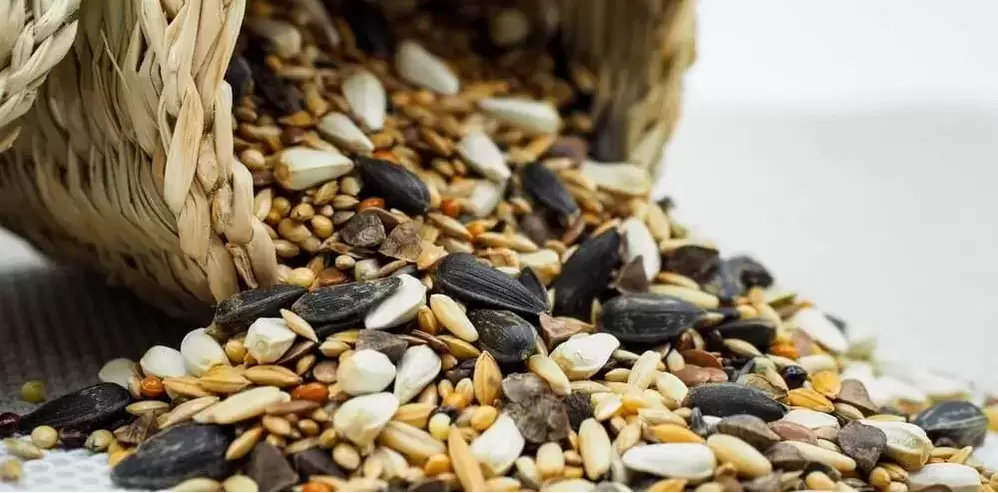
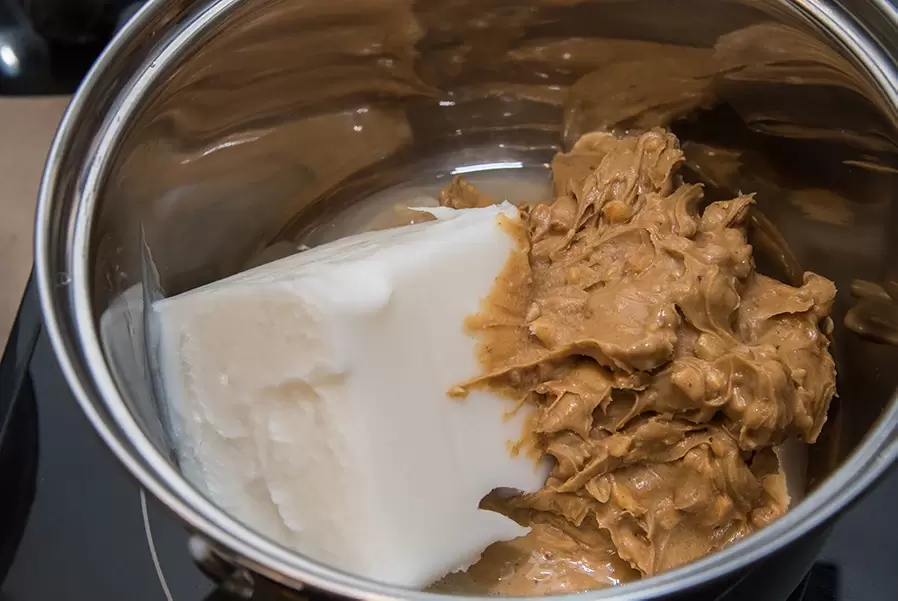
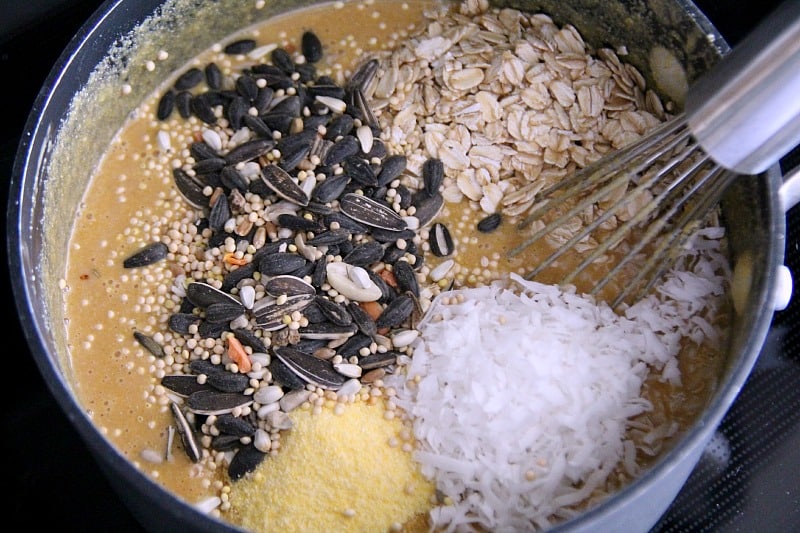
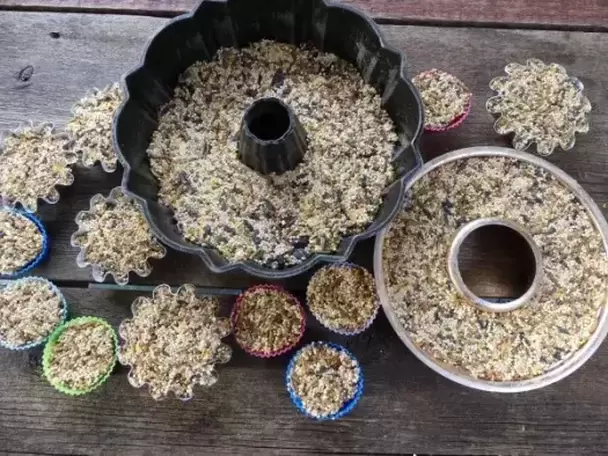
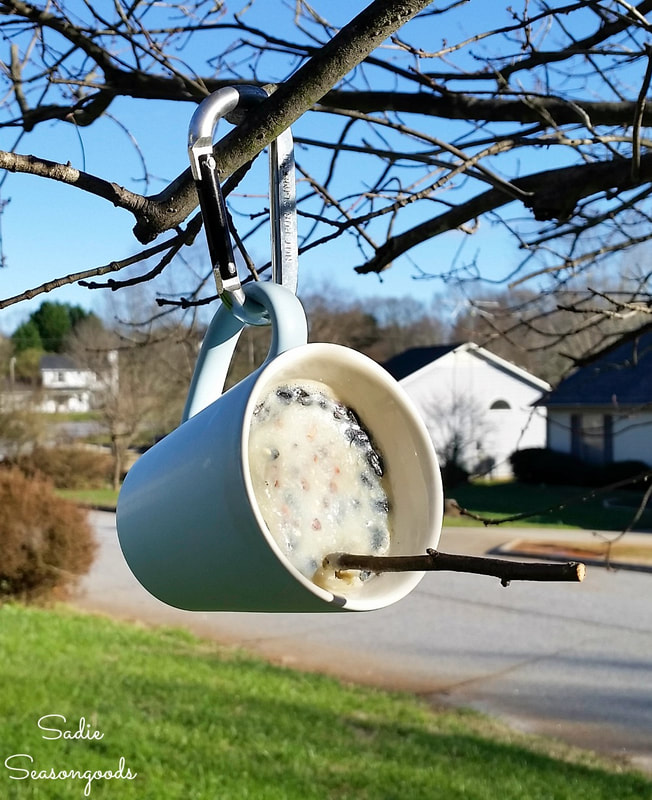
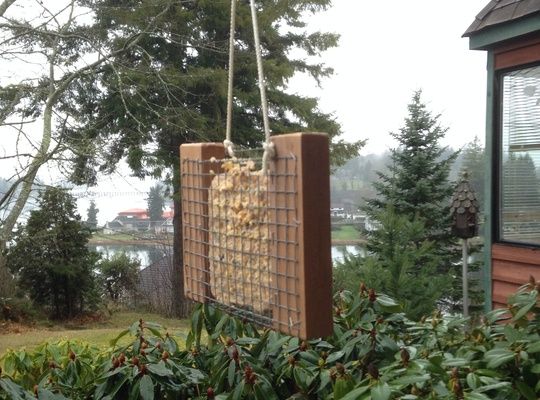
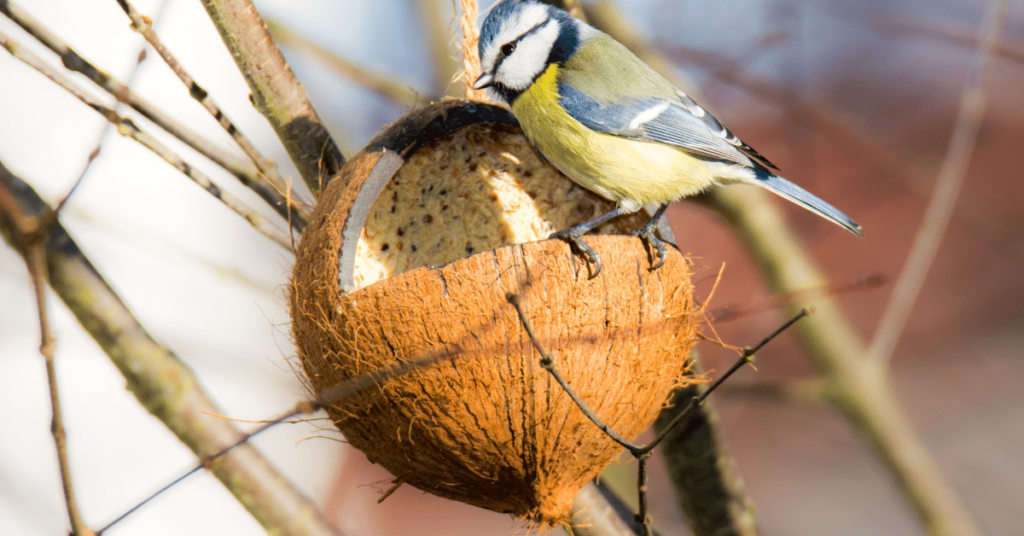
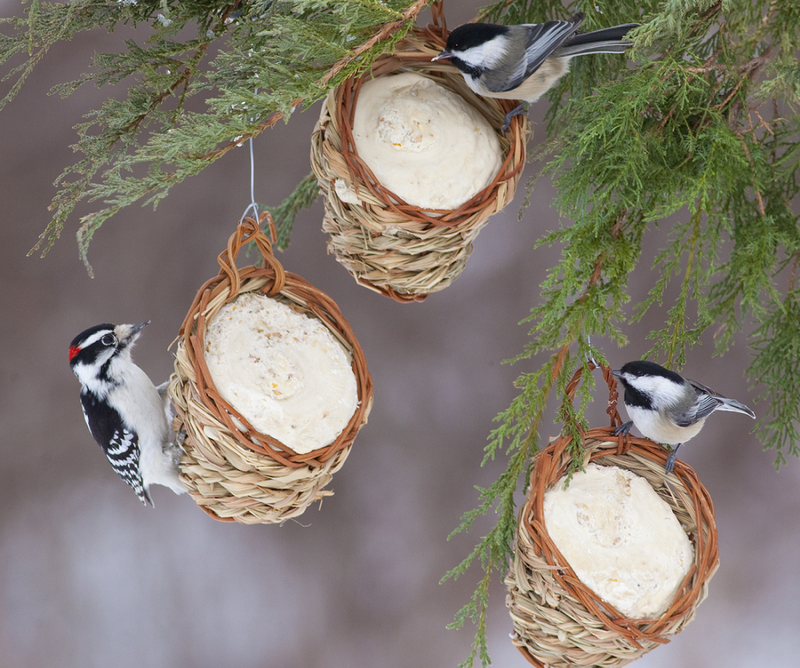
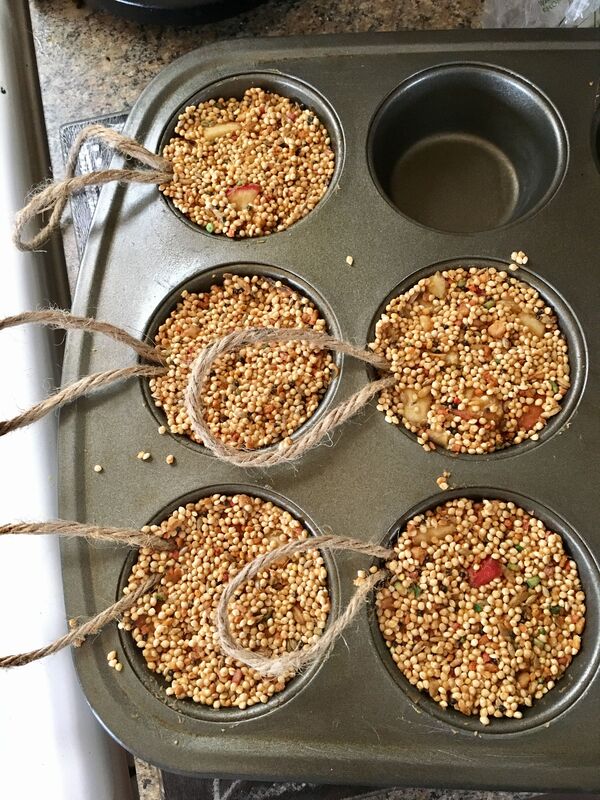
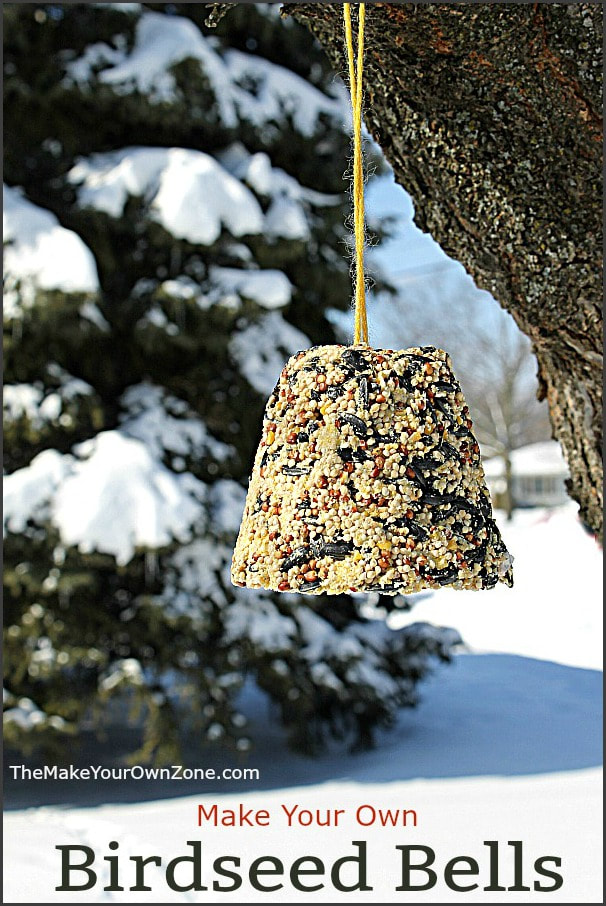
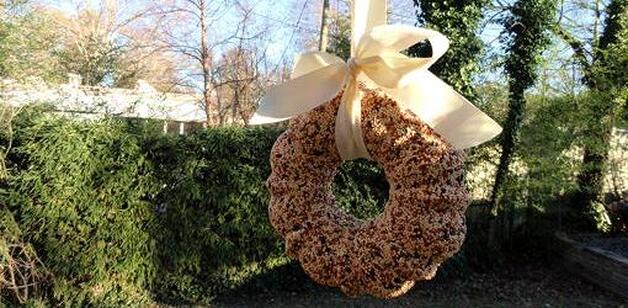
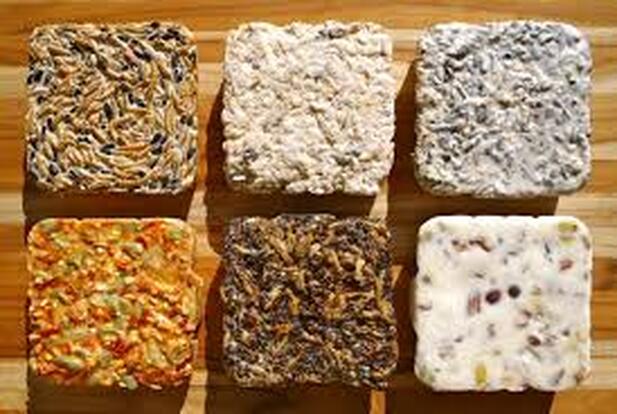
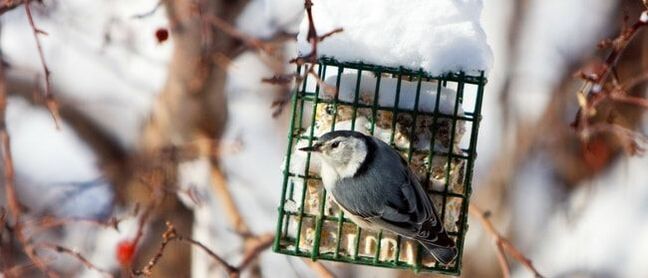
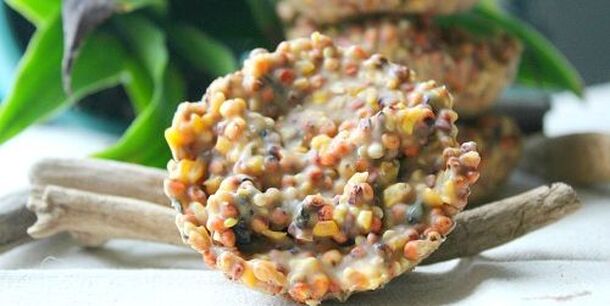
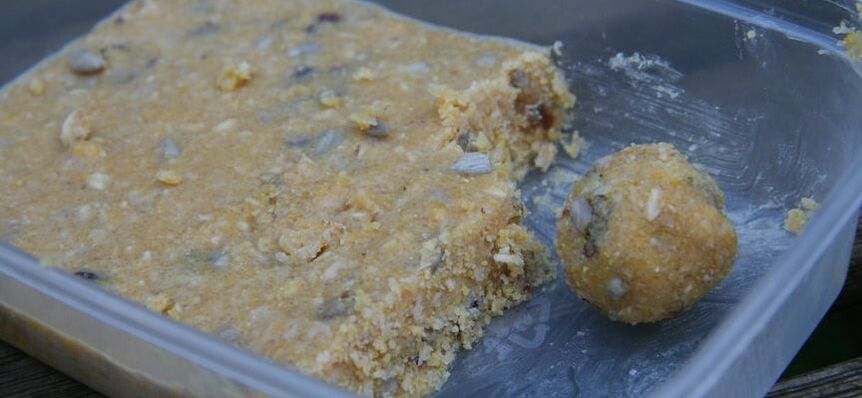
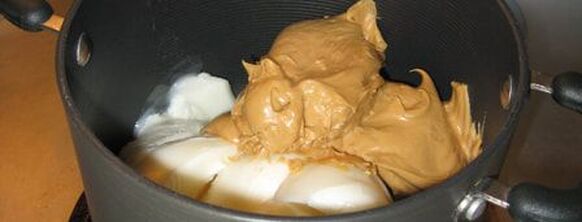
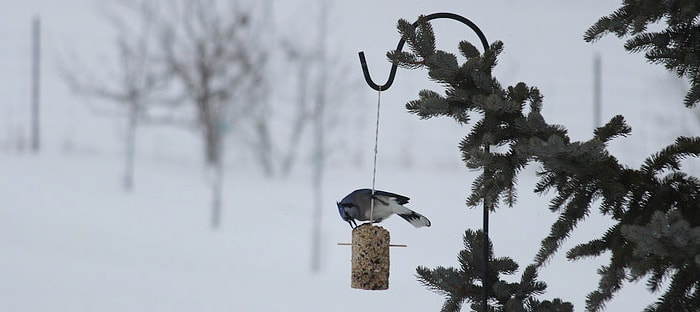


 RSS Feed
RSS Feed























